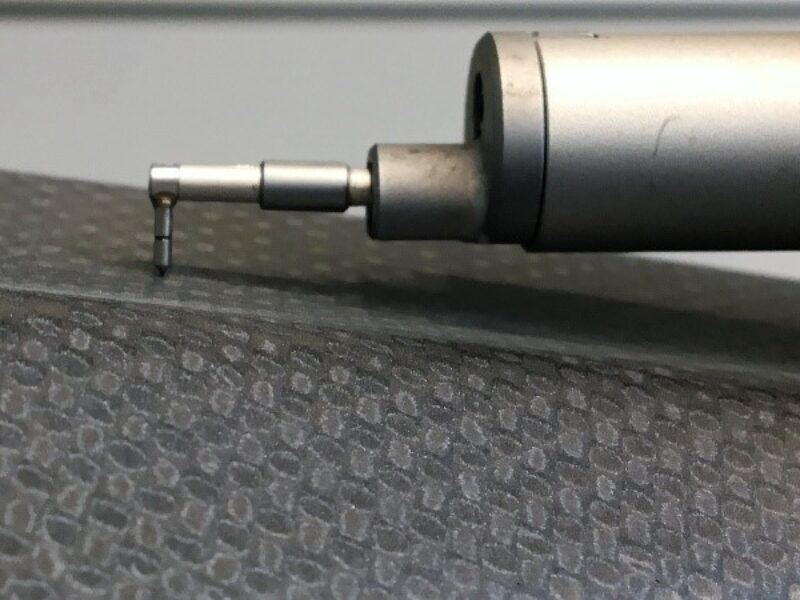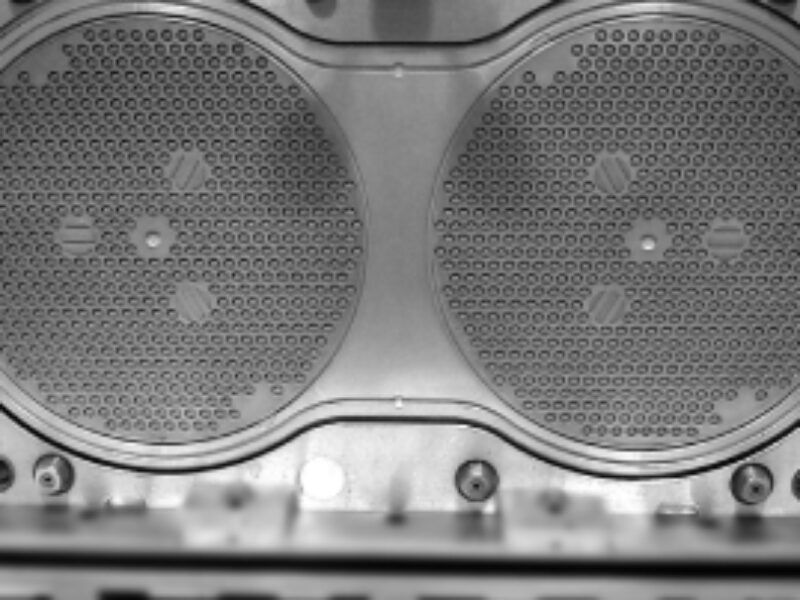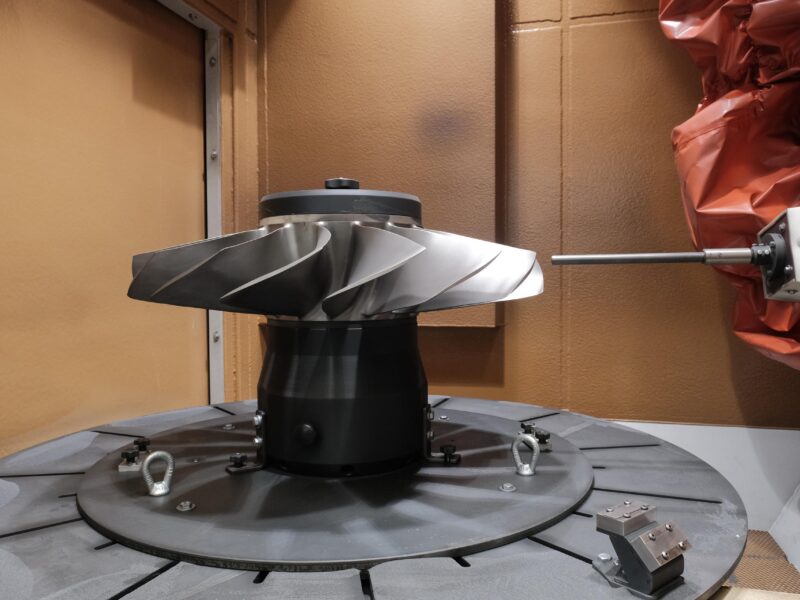In recent years, we have witnessed a steady evolution of additive manufacturing, i.e. the technology to produce 3D objects by adding plastic (plastic additive manufacturing) or metal (metal additive manufacturing) material layer by layer, following a computer-generated model using CAD.
The additive manufacturing industry has expanded both in terms of popularity and frequency of use, and in terms of new techniques and materials available, leading more and more companies to approach this type of processing.
The increasingly important presence of additive manufacturing and 3D printing within industrial production cycles has thus shifted the focus from use for prototyping purposes to large-scale production goals.
The versatility of this new object-making system has offered a wide range of benefits to companies, making it one of the most high-impact solutions for industrial environments. The use of additive manufacturing machines, in fact, enables the production of components, semi-finished or finished products with several advantages, including:
- Reduction of production costs: The technique of additive printing makes it possible to reduce raw material consumption, lowering the unit costs of the component to be produced.
- Diminuzione degli scarti di lavorazione: I processi di produzione additiva permettono di eliminare scarti e sfridi, in modo da ottimizzare la lavorazione.
- Increased production speed: Due to the different processing paradigm, additive manufacturing techniques allow complex geometries to be obtained by significantly reducing machining times, thus speeding up the production of complex workpieces.
- Fewer constraints on the type of processing: Because CAD models can be modified more quickly and components with complex shapes can be produced, additive manufacturing with metals or plastics allows 3D designs to be produced and changed relatively quickly.


